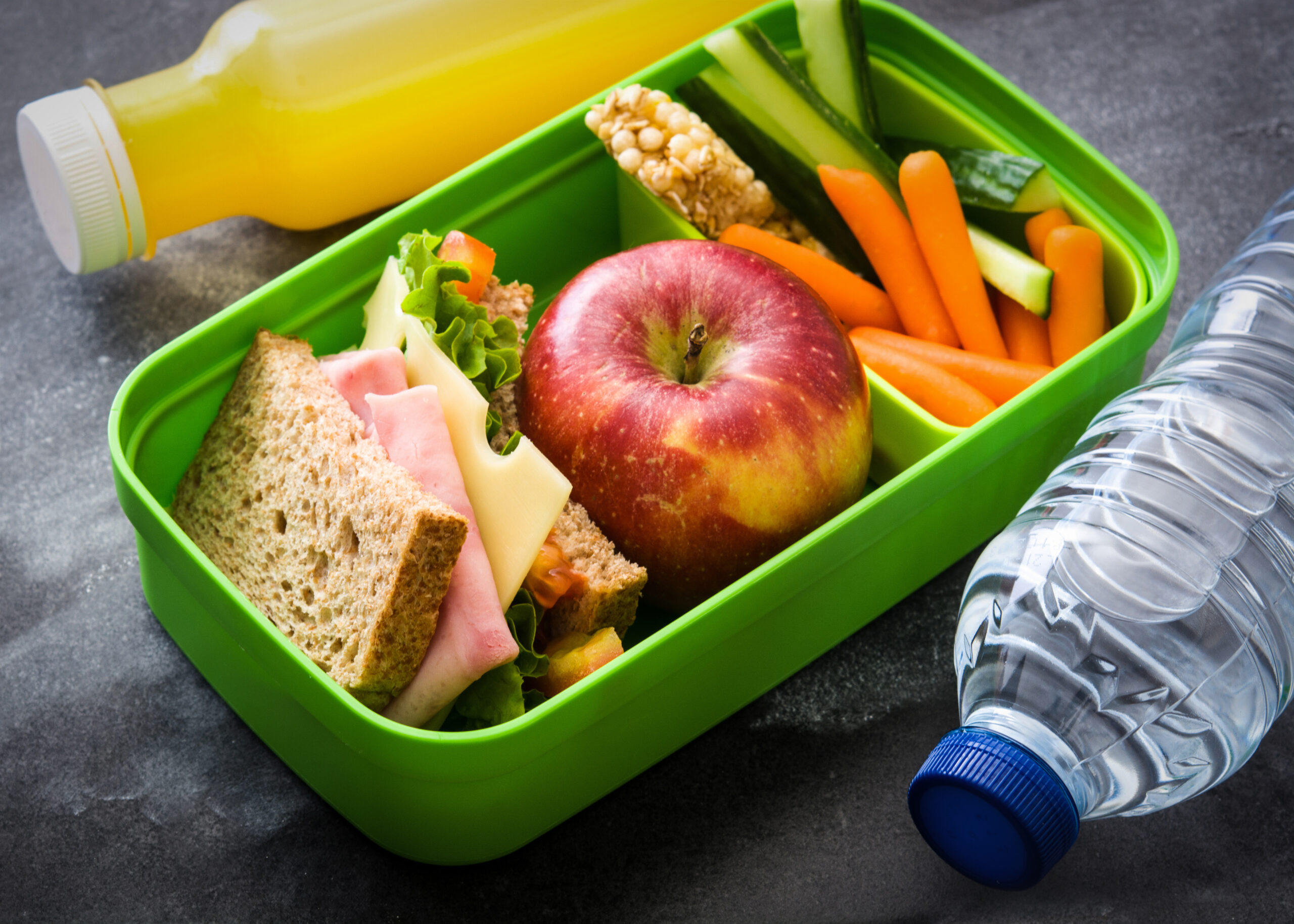Is it that time already? Perhaps it feels like summer just got started. Even though the days are still warm and filled with sunshine, back-to-school time is approaching. This time can be filled with excitement and a little anxiety, but it is the perfect opportunity to focus on healthy eating habits that support both academic success and overall well-being. With busy mornings and packed days, finding nutritious options that fuel energy and concentration can make a huge difference. To ensure a smooth transition into the new school year, consider adopting these healthy eating routines to keep students and families feeling their best.
1. Plan Ahead with Weekly Meal Prep
Busy school schedules can make healthy eating challenging, but a little planning can go a long way. Dedicate some time each weekend to meal prep—plan out breakfast, lunch, and snacks for the week ahead. Prepare and portion out meals in advance, focusing on a mix of proteins, whole grains, and colorful vegetables. This practice not only saves time during hectic weekdays but also ensures that nutritious options are readily available.
2. Start the Day Right with a Balanced Breakfast
Breakfast is especially important for students gearing up for a day of learning. Aim for a breakfast that combines protein, fiber, and healthy fats. Options like Greek yogurt with fruit and granola, whole-grain toast with avocado and a poached egg, or oatmeal topped with nuts and berries provide sustained energy and improve concentration throughout the morning.
3. Pack Nutritious, Kid-Friendly Lunches
A well-balanced lunch keeps energy levels steady and prevents the afternoon slump. Opt for a variety of whole foods that are both nutritious and appealing. Whole-grain wraps filled with lean proteins (like turkey or chicken) and fresh veggies, homemade veggie muffins, or bento boxes with a mix of fruits, nuts, and cheese can make lunchtime both enjoyable and healthy. Encourage kids to help pack their lunches, giving them a sense of ownership and promoting healthier choices.
4. Incorporate Smart Snacking
Snacks are an essential part of a balanced diet, especially for growing students. Choose snacks that combine protein, fiber, and healthy fats to keep hunger at bay and focus sharp. Think apple slices with almond butter, trail mix with nuts and seeds, or veggie sticks with hummus. Having these snacks readily available can help prevent the temptation of less healthy options.
5. Stay Hydrated
Hydration is a key component of overall health and well-being. Encourage students to drink plenty of water throughout the day. Equip them with a reusable water bottle to make it easy to stay hydrated, and remind them to sip water regularly, especially during and after physical activities.
6. Plan Family Meals Together
Mealtimes are not just about eating—they’re an opportunity for family bonding and instilling healthy habits. Make mealtime a collaborative experience by involving the whole family in planning and preparing meals. Discuss healthy food choices, try new recipes together, and enjoy quality time around the table. This not only promotes healthier eating habits but also strengthens family connections.
7. Educate and Encourage Healthy Choices
Use the start of the school year as a chance to educate children about the importance of nutrition and how it impacts their energy, mood, and academic performance. Encourage them to make informed food choices and understand the benefits of a balanced diet. Positive reinforcement and leading by example can inspire lifelong healthy eating habits.
How we help
Here are three resources to help from Zenergy and Registered Dietitian Tina McGrew:
Establishing healthy eating routines sets students up for success both in and out of the classroom. With a little planning and creativity, nourishing meals and snacks can become a seamless part of the back-to-school routine, contributing to a healthier, more focused, and energetic school year.
